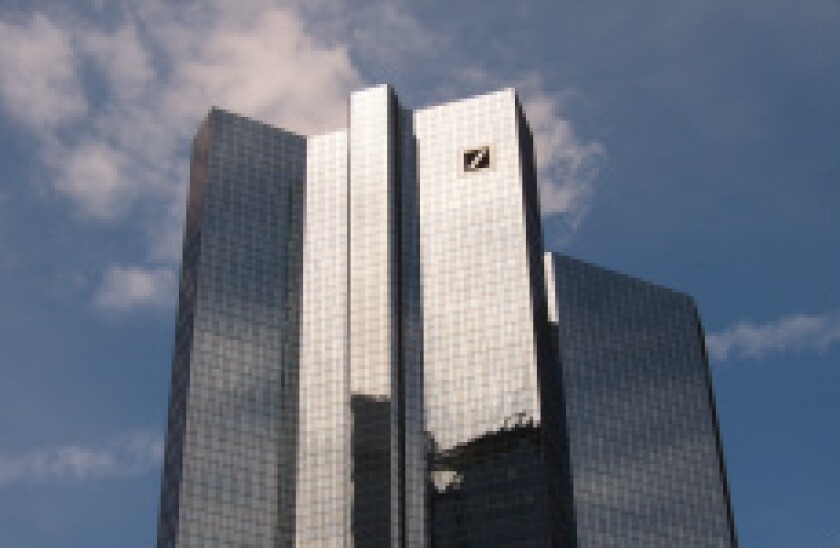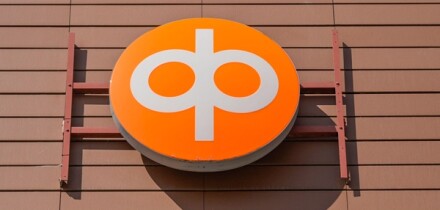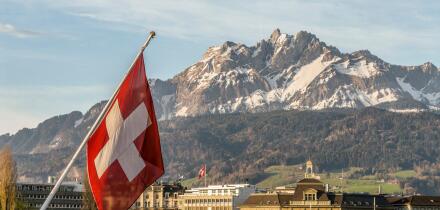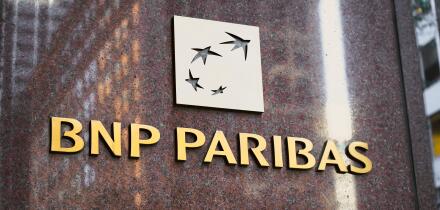Gavan Nolan, IHS Markit
No one could deny that CDS activity has dropped sharply from its pre-crisis heyday. But the last few weeks have shown that there is an abundance of life in the CDS market and both traders and investors remain committed to using single name protection.
Just over $607bn was traded last week, the highest amount in a non-roll week since the International Swaps and Derivatives Association definition changes in 2014.
Deutsche Bank drove the jump in activity, with $2.7bn in notional traded. This was the highest amount since the Depository Trust & Clearing Corp started publishing market risk activity in 2010.
CDS volumes tend to rise when negative credit sentiment increases; it is still the most effective way of hedging credit risk and taking short directional views. This is certainly the case with Deutsche, which has struggled to shake off concerns about its capital position and the potential impact on outstanding CoCo bonds.
This week the bank’s credit curve invert inverted, which can be a signal of credit distress. Deutsche’s subordinated one year spread was trading at 598bp, more than 100bp wider than the five year level.
Curve flattening trades were active at both the short and long end, and no doubt contributed to the jump in volumes. If sentiment improves on Deutsche — and there are signs that spreads are tentatively recovering — then profit taking and reversal of curve flatteners will augment volumes in the coming weeks.
Idiosyncratic risk aside, the mounting likelihood of a 'hard' Brexit and rumours that the European Central Bank will begin to taper quantitative easing next year are counterbalancing the partial recovery in financials. But volatility is low, which could entice investors into long positions. CDS will be the instrument of choice for many.







